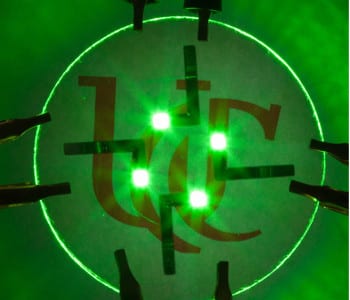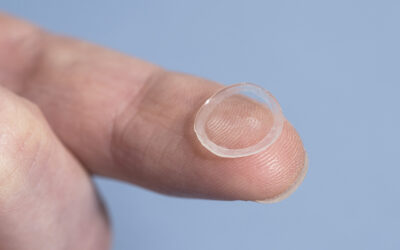 Bioelectronics is a relatively new field that aims to develop the use of biomaterials for electronic devices. The field would convert the electronics industry (and related fields such as photonics and displays) from a limited and expensive supply of inorganic ingredients to natural, renewable materials.
Bioelectronics is a relatively new field that aims to develop the use of biomaterials for electronic devices. The field would convert the electronics industry (and related fields such as photonics and displays) from a limited and expensive supply of inorganic ingredients to natural, renewable materials.
Now, new research from an American group shows the incorporation of DNA and RNA bases (adenine, guanine, thymine, cytosine, and uracil) in organic light emitting diodes (OLED) for display, lighting and other applications. DNA/RNA bases are biological molecules that have many environmental advantages over conventional (non-biological) OLED material: they have approximately 1% of the cost, are non-toxic to the environment, originate from renewables resources provide a variety of animals (such as fish, beef) and plants (pine, tomato, cotton). In addition to the cost and environmental benefits, the results showed that the DNA bases enhanced OLED efficiency when they replace conventional materials. The bases are versatile materials for future bioelectronics devices.

















